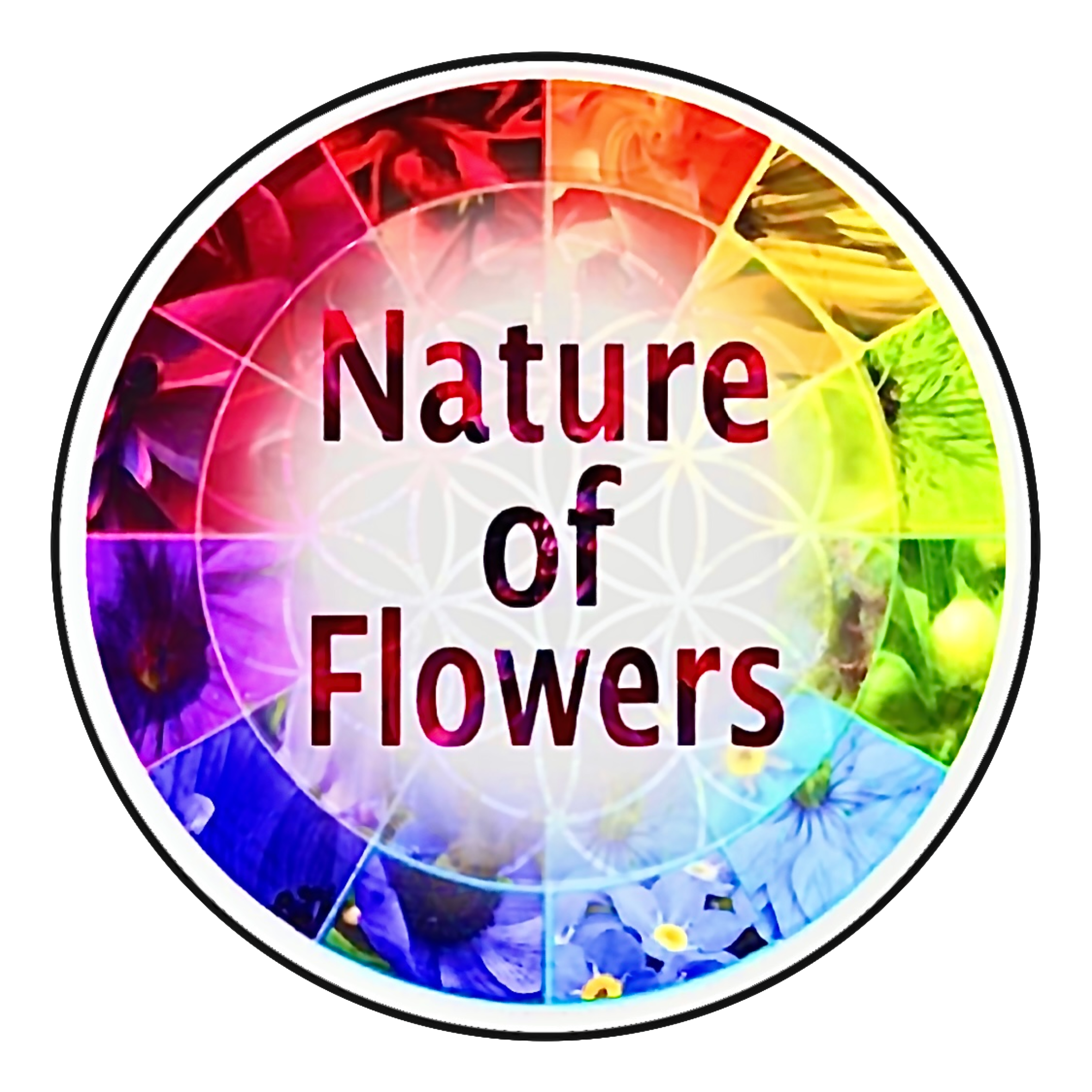"The Divine Symmetry: Exploring the Sacred Geometry Behind Flower Petals"
Introduction: In the tapestry of the natural world, intricate patterns and harmonious proportions are woven into the very fabric of existence. As we delve into the realms of science, art, and spirituality, we encounter the enchanting interplay of sacred geometry and the delicate allure of flower petals. This cosmic dance reveals a symphony of design that transcends mere aesthetics, offering us a glimpse into the profound interconnectedness between mathematics, nature, and the human spirit.
The Mathematical Poetry of Petals: At the heart of every flower lies a living testament to the elegance of mathematics. The arrangement of petals follows the blueprint of sacred geometry, a universal language that speaks through shapes and ratios. One of the most captivating manifestations of this mathematical poetry is the Fibonacci sequence.
-
Fibonacci and Flowers: The Fibonacci sequence, a series of numbers where each subsequent number is the sum of the two preceding ones (0, 1, 1, 2, 3, 5, 8, 13, 21, and so on), finds its expression in the world of petals. The petals of many flowers, such as daisies and sunflowers, often adhere to Fibonacci numbers. These numbers dictate the arrangement of petals, creating spirals that radiate outward from the center. This natural occurrence is not mere chance; it is a manifestation of the inherent mathematical order that governs the growth of plants.
-
The Golden Ratio and Floral Harmony: Another principle of sacred geometry that graces the world of flowers is the golden ratio, often denoted by the Greek letter φ (phi). This divine proportion, approximately 1.618, is revered for its aesthetic harmony and has been a source of inspiration for artists, architects, and mathematicians for millennia.
Flowers like the rose exhibit the golden ratio in their petal arrangements. The number of petals in certain types of roses often conforms to the golden ratio, resulting in an exquisite balance that is both visually captivating and emotionally resonant. This inherent alignment with the golden ratio contributes to the captivating allure of flowers, inviting us to contemplate the profound interplay between mathematics and beauty.
Blooms of Symbolism and Spirituality: Beyond their intricate mathematical precision, flowers carry profound symbolic meanings that resonate deeply with human experience. The fusion of sacred geometry and floral symbolism creates a realm of enchantment that spans cultural and spiritual landscapes.
-
Lotus: A Symbol of Spiritual Awakening: The lotus flower, a timeless symbol of enlightenment and rebirth, embodies the marriage of sacred geometry and spiritual significance. With its petals unfolding in concentric circles, the lotus mirrors the geometric perfection found in mandalas—sacred symbols of the cosmos in Hinduism and Buddhism. The lotus's delicate geometry invites us to contemplate the cyclical nature of life, growth, and transformation.
-
Roses: Guardians of Love and Geometry: Roses, the quintessential symbol of love and beauty, bear a connection to sacred geometry that transcends their romantic reputation. The intricate spiral arrangement of rose petals, often conforming to the Fibonacci sequence or the golden ratio, imbues these blossoms with an additional layer of meaning. The delicate geometry of roses invites us to explore the multifaceted nature of love itself—a force that, like geometry, binds and shapes the world around us.
A Garden of Reflection: Nature's garden becomes a sanctuary for introspection and wonder, inviting us to explore the interplay of sacred geometry and flower petals.
-
Mandalas in Bloom: Certain flowers unfold their petals in mesmerizing mandala-like patterns. The daisy, with its vibrant yellow center and delicate white petals, mirrors the circular geometry of traditional mandalas. This connection evokes a sense of unity and centeredness, drawing us into a meditative communion with the natural world.
-
The Beauty of Imperfection: While sacred geometry offers a lens through which to view the world, it also reminds us of the inherent beauty in imperfection. Not all flowers adhere strictly to mathematical patterns, and this variation only enhances their allure. It serves as a reminder that even within precise mathematical frameworks, the universe allows room for uniqueness and individuality—a lesson that resonates deeply within the human experience.
Conclusion: The marriage of sacred geometry and flower petals is a testament to the underlying harmony that pervades our universe. As we immerse ourselves in the delicate symmetry of petals and the profound symbolism they carry, we unearth a deeper connection to the cosmos and to each other. The intricate dance of mathematics and nature invites us to pause, to reflect, and to marvel at the elegant design that weaves the fabric of existence—an eternal reminder that beauty, meaning, and spirituality are woven into the very essence of the natural world.

